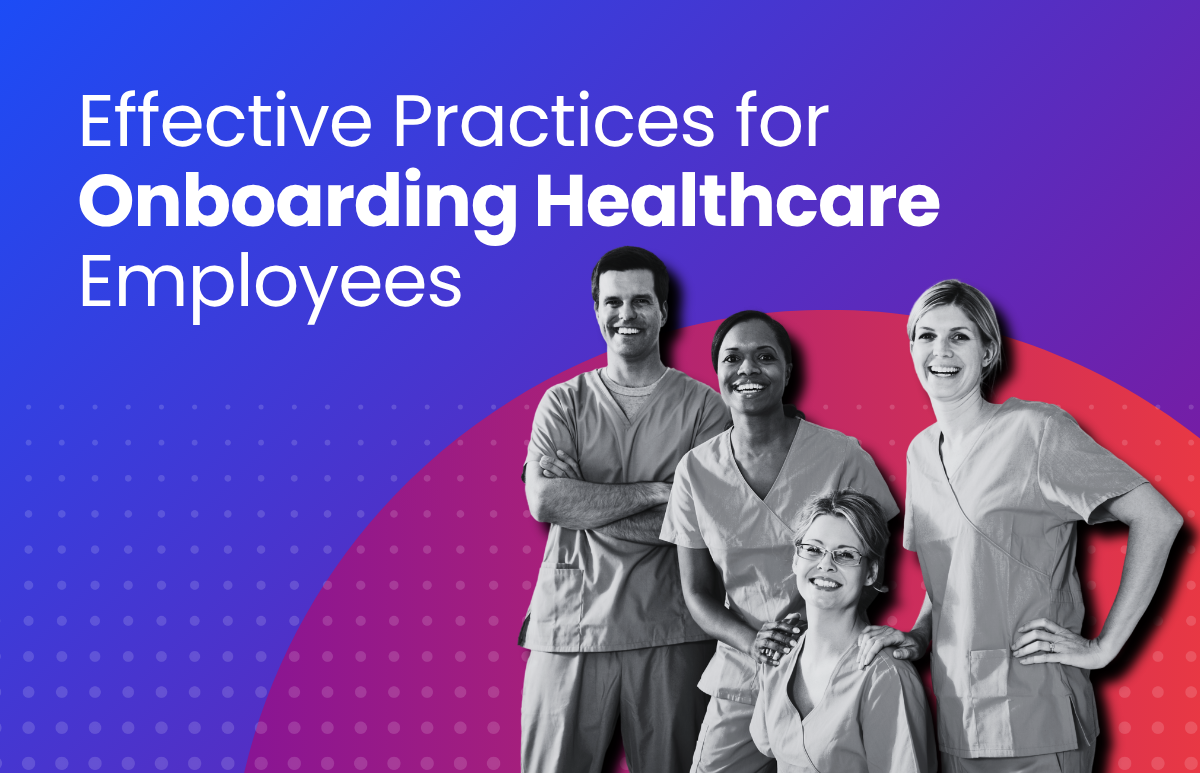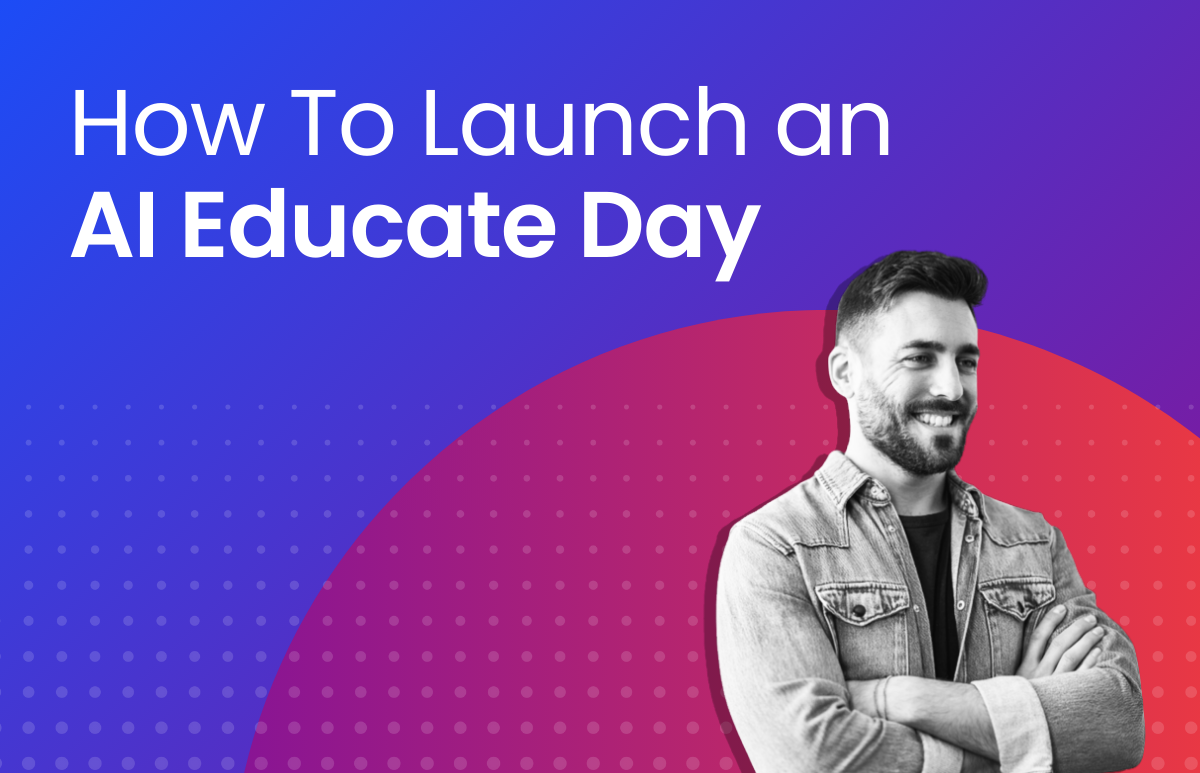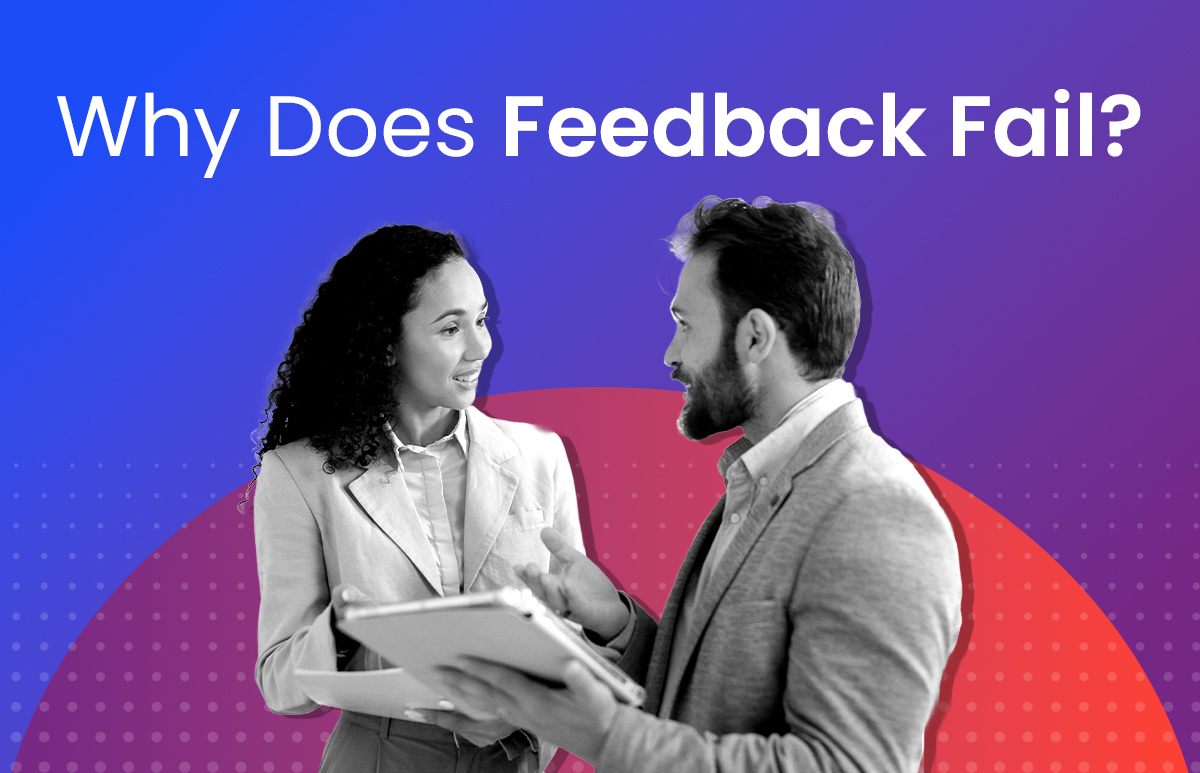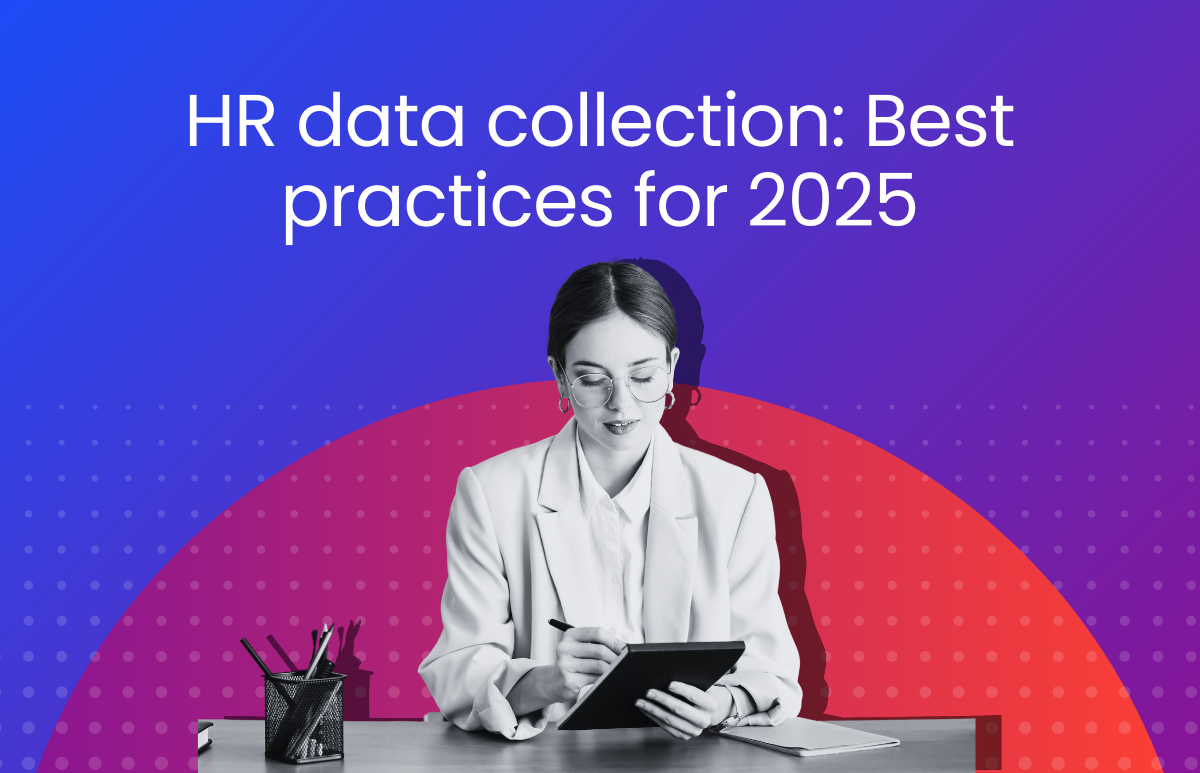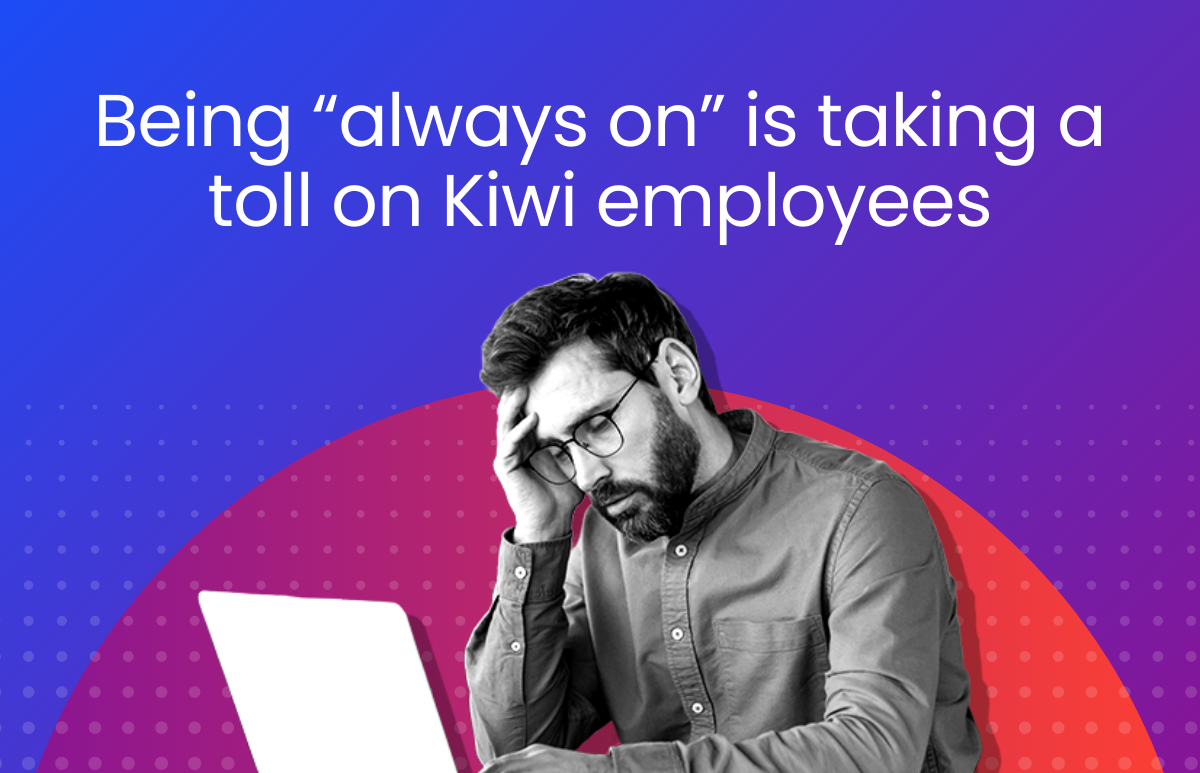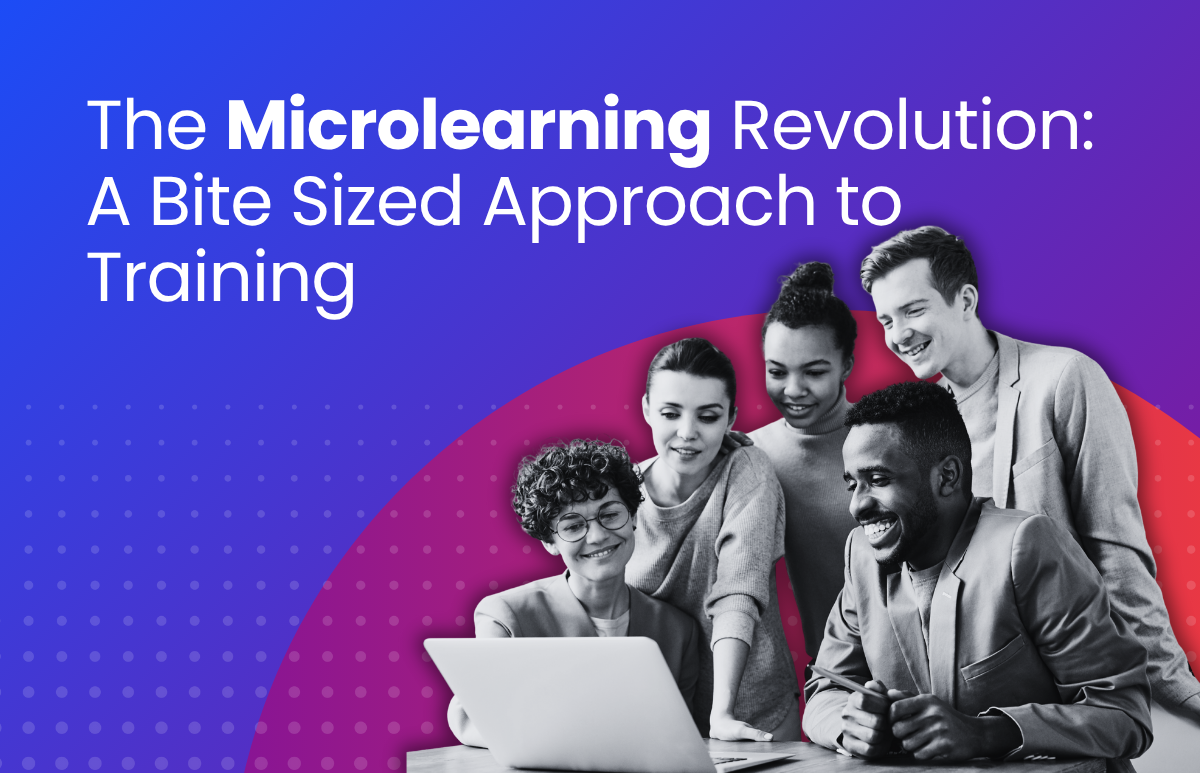The People Power Behind AI Adoption and Why Organisations Often Fall Short
Justin Meier, Senior Careers & Culture Manager, ELMO
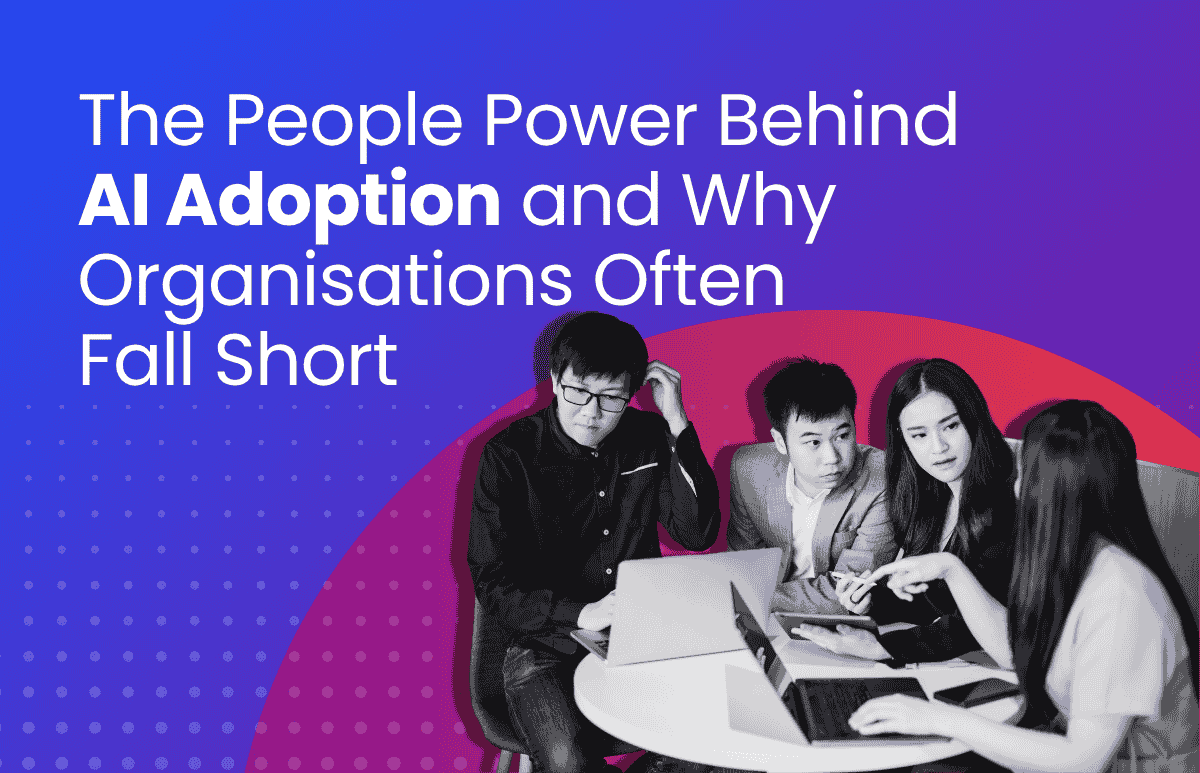
The adoption of AI is an exciting prospect for most organisations, but it can also be unsettling.
AI technology is transforming the way we work at a speed few anticipated, leaving some worried that change will happen faster than they can keep up, or that automation will eventually make their roles redundant.
Perhaps the bigger challenge is there’s still exponential growth we’re yet to see. Right now, AI feels like the internet in 1997 — it’s only just beginning.
The fear is understandable, especially with recurring headlines about disruption and job losses, and generational perspectives that fuel uncertainty about where AI is heading.
But fear doesn’t have to be the default. People need to feel confident to engage with AI, and that comes through learning and experimentation not fear. AI will continue to be seen as a threat rather than an opportunity, until organisations put in place the right governance to build confidence, and give employees the chance to learn and build skills and capability.
Training as the first line of adoption
Our recent ELMO Educate Day was a ‘big bang’ moment for the company, with many coming to the realisation that AI is no longer a nice-to-have. It’s embedded in everything we do and it’s why developing AI literacy and fluency now sits at the heart of our adoption strategy.
Educate Day sparked the concept of our AI training program, which has since evolved into a tiered structure with foundational, advanced and transformative modules in production to meet the varying capabilities, confidence levels and learning goals of our people.
It has become clear that employees sit on an AI spectrum, from curious early adopters to cautious laggards. It’s why we’ve intentionally developed a training plan that builds on itself to raise the collective level of capability across the organisation.
Our immediate focus is piloting the foundational module to give employees the essential building blocks of AI. Our refreshed onboarding program is also equipping new starters with a clear understanding of our AI policies and AI-specific training to embed AI literacy from day one.
Importantly, we’ve highlighted success stories from our early adopters to inspire others, and we back this with OKRs and recognition programs that celebrate employees that are leading the change. While leadership’s voice and action really matters, a top-down approach alone won’t result in AI adoption. Employees must have a strong voice to shift the dial, because when AI feels done to them, they resist, but when it’s done with them, they inevitably lean in and come out the other side more engaged and optimistic than before. We have witnessed this in action with a recent agentic AI project run within the business.
We are currently shaping our advanced module, which will invite teams to solve real business problems by considering their end-to-end processes and explore agentic solutions to enhance their workflows to shift their focus to higher value work.
From pilot to practice: Learning as we go
This approach has been deliberately iterative: start small, pilot, learn and then scale.
There’s no blueprint or north-star for AI. We’re learning as we go and evolving training in real time, with AI itself cutting workshop design from days to hours — a major benefit for time and resource-stretched teams.
Putting our foundational pilot into practice has also demanded a close partnership between People & Culture and our Technology team. Neither side can drive transformation alone, and success can only come when both bring an equal voice.
Addressing job security concerns head-on
Even with dedicated AI learning opportunities in place, I occasionally speak with people who feel uneasy about their job security. Unfortunately, I can’t guarantee anyone’s job — not even my own. But I can show how AI has the potential to make roles richer and more interesting, and set our people up for long-term success.
My go-to approach is to listen to concerns and then reframe the conversation: ‘by having strong AI skills, you can future-proof your career’; ‘with AI, you can reduce the time it takes to do repetitive admin tasks’; ‘using AI will enable you to do more meaningful, strategic and impactful work’.
Ultimately, the goal is to replace the uncertainty with opportunity, by showing that AI is not here to take work away, but to create new ways for people to grow and add value.
Personal lens: efficiency and curiosity
I’ve experienced firsthand how AI streamlines my own work, cutting through admin and freeing up time for big-picture thinking. For those still on the fence, I encourage you to just jump in, whether it’s applying AI to professional tasks or experimenting casually, like I do with my custom GPT for footy tips (which might need refining for next year).
From my perspective, careers have always been about continuous learning and development. AI just makes that reality more urgent. If people engage now, they’ll future-proof themselves, not just for today, but for what comes next.
 HR Core
HR Core 